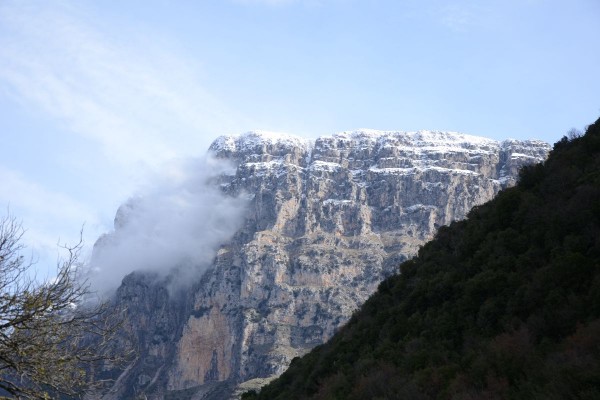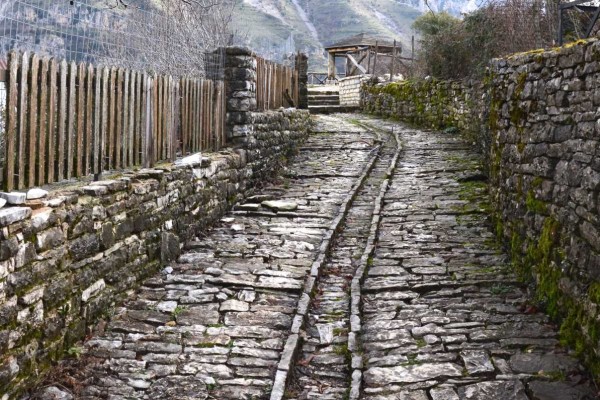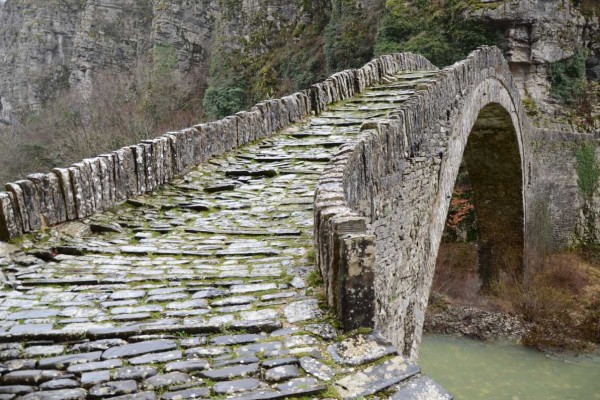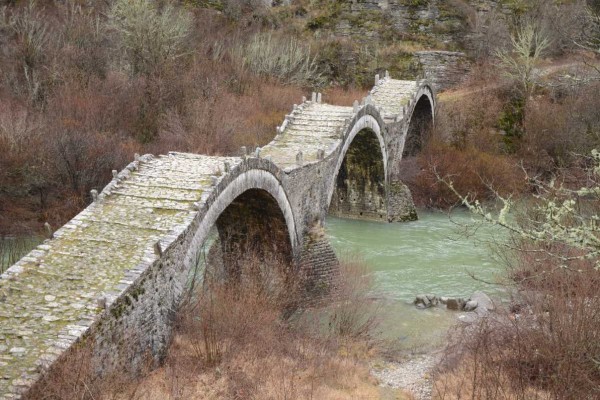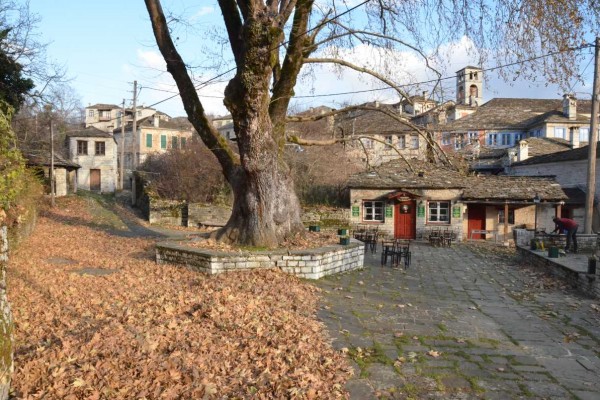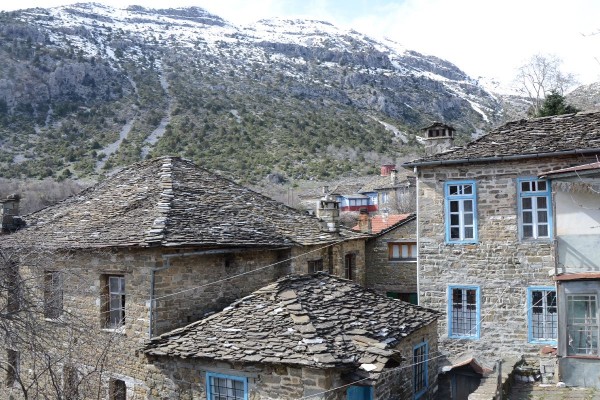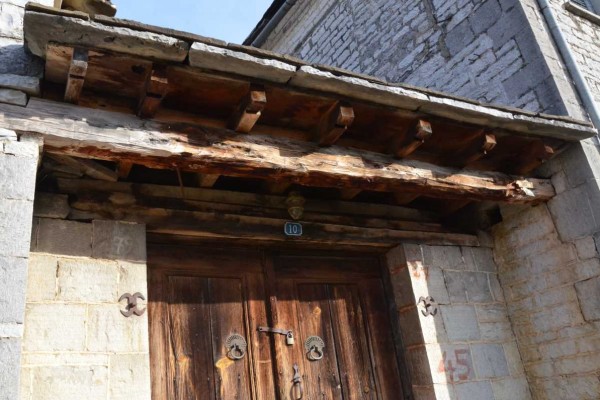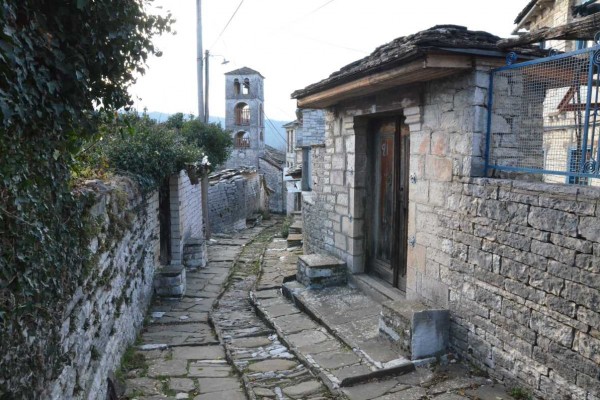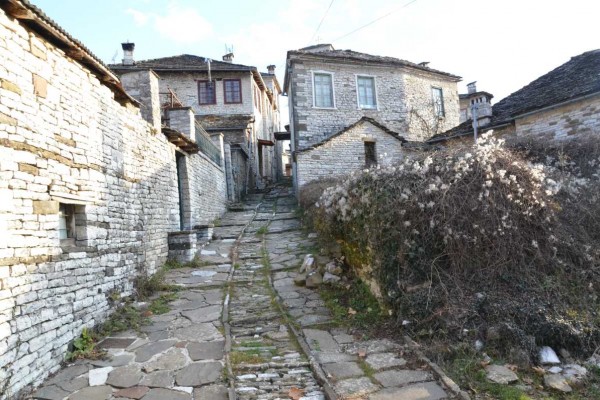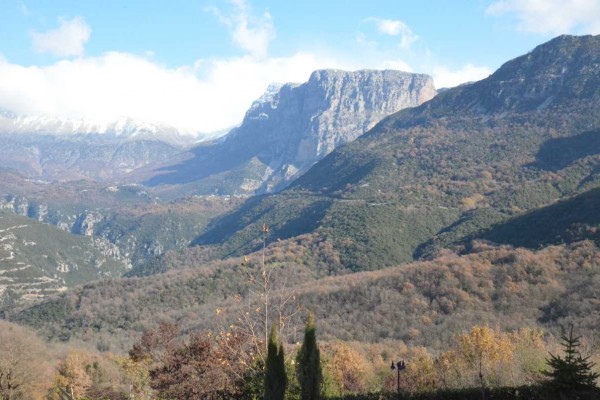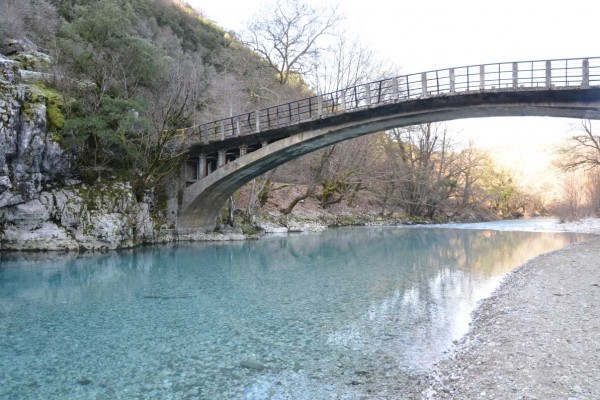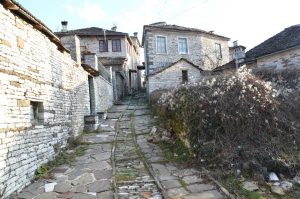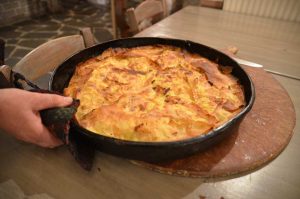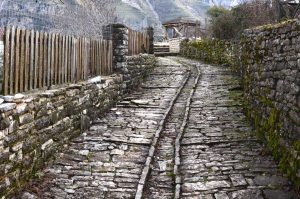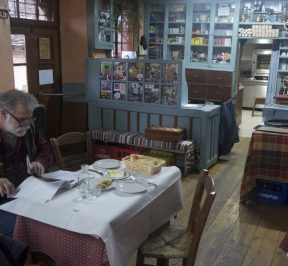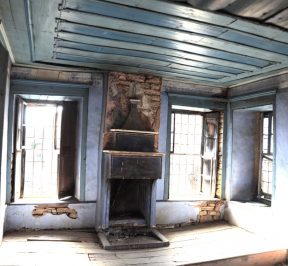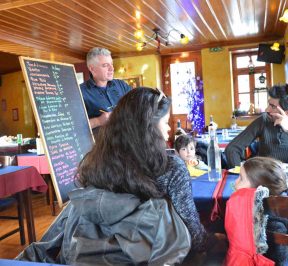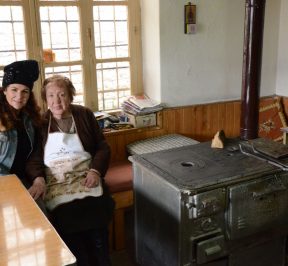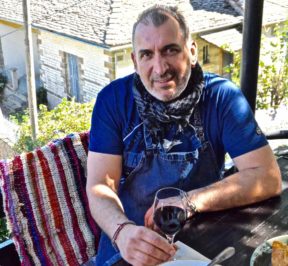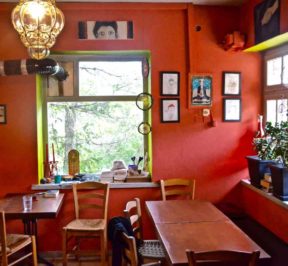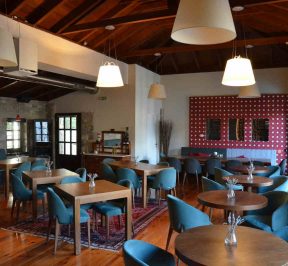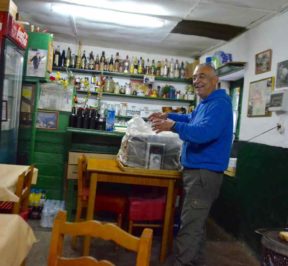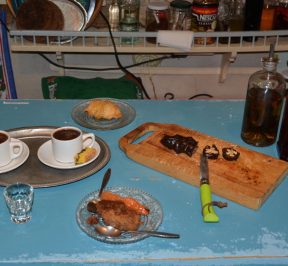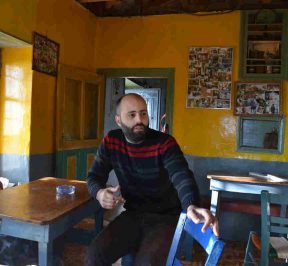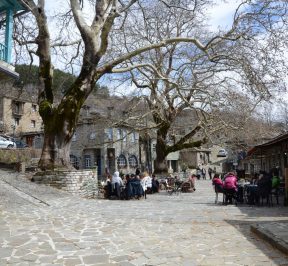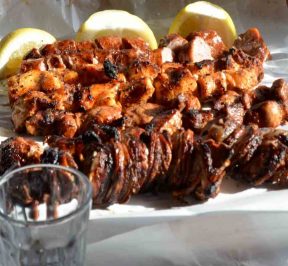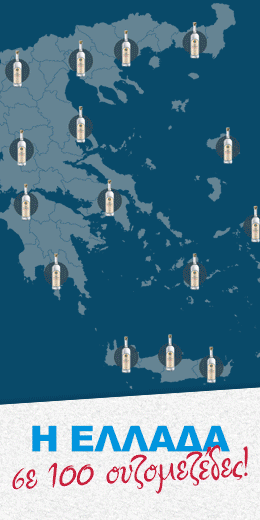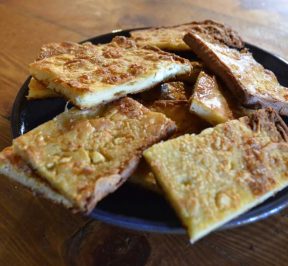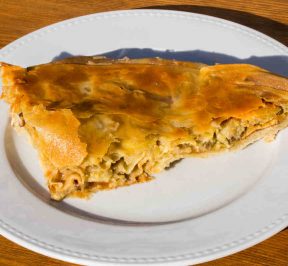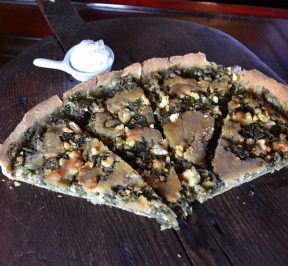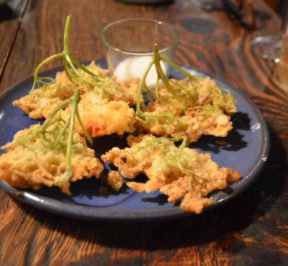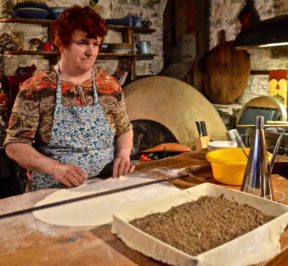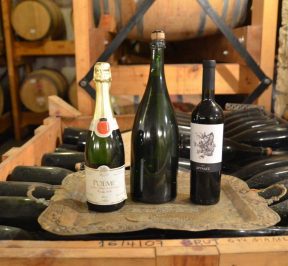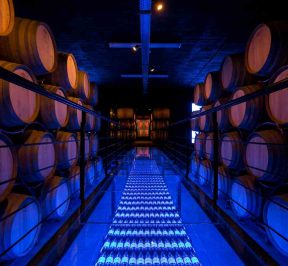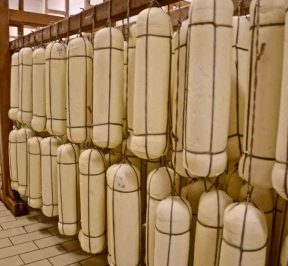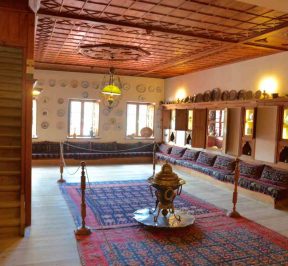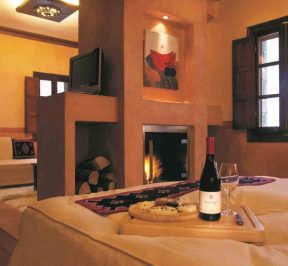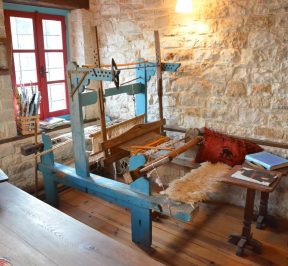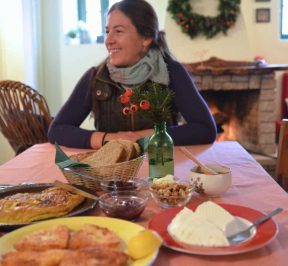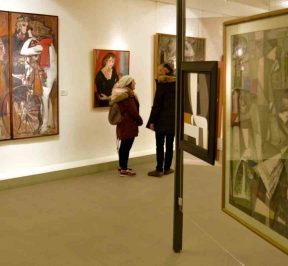Place - History of Zagori
The Zagori is an area of Epirus, where there are 46 settlements, the so-called Zagorochoria, scattered at her feet Pindos. With an area of about a thousand square kilometers, it is defined west of the Ioannina-Konitsa road which is engraved west of Mount Mitsikeli, north of the river Aoos, east of the river Barda in Mavrovouni, near Metsovo, and south of Ioannina. The area, most of which was declared a National Park in 1973, is surrounded by the mountains of Tymfi, Smolikas and Mitsikeli, the peaks of which reach an altitude of 1.800 - 2.600 meters.
Ο population of the area is a total of about 3700 inhabitants, which gives a population density of 4 inhabitants per square kilometer -compared to the average of 73,8 inhabitants for Greece- and an average village population of 80 inhabitants.
The word Zagori comes from the Slavic from the intention Za which means "back" and the noun gora which means "mountain".
The area of Zagori has one of the richest ecosystems in Greece and hosts the second deepest gorge in the world, the famous Vikos gorge. The gorge of Vikos is located in the SW of Gamila, at an altitude between 550 and 1778 meters has a length of about 24 km and an average depth of 900 meters. Its beginning is near the village Tsepelovo and its end is behind the village of Vitsiko on its bridge Aristis Papigou.
During the Ottoman Empire, from the 17th century, Zagoria enjoyed significant privileges - they were abolished by the Sultan very late in 1868 - a fact that allowed them to flourish financially and spiritually.
The French traveler Pouqueville in the early 19th century writes that the Zagorians are active and are mainly engaged in trade. Wealthy merchants operated in Vienna, Moscow, Leipzig and Amsterdam, while those based in Russia and the Danube region engaged in the fur trade. Some Zagorian merchants who made property abroad - the so-called Benefactors - did not forget their place, on the contrary they helped him the most by establishing schools, churches and libraries in each village.
The prosperity of the area and the spiritual flourishing of the place were reflected in the buildings (stone cobbled streets, stone bridges, ornate fountains, mansions, schools, churches) that remain untouched by time and create the uniqueness of today's landscape.
Zagori was liberated in 1913 during the Balkan Wars. After the Union with Greece, and after the Balkan Wars, the migration to the urban centers bleed Zagori. The area was also affected by clashes between the Germans and Napoleon Zerva's rebels during World War II. At that time, several villages of Zagori and the monastery of Voutsa were burned by German retaliation. The area was almost deserted during the Civil War 1946-1949. The first film of the award-winning director Theodoros Angelopoulos "Representation" describes in a dramatic way the climate of the post-war era.
It was only from the 1980s onwards that development incentives were given, provided that the traditional character of the villages and the unique natural landscape were preserved, and thus the revitalization of the area began timidly.
In Zagorochoria, among the beautiful forests, the crystal clear rivers, and the mountains with the alpine peaks, a network of 46 beautiful - preserved traditional - villages, offers unique experiences to those who try to visit them. A new promising tourist destination and a new beautiful life rises up there Zagorochoria.
Read our impressions from the three days trek to Zagorochoria in December 2015.
PLACE & HISTORY - TRADITIONAL KITCHEN
TAVERNS - RESTAURANTS - CAFES


